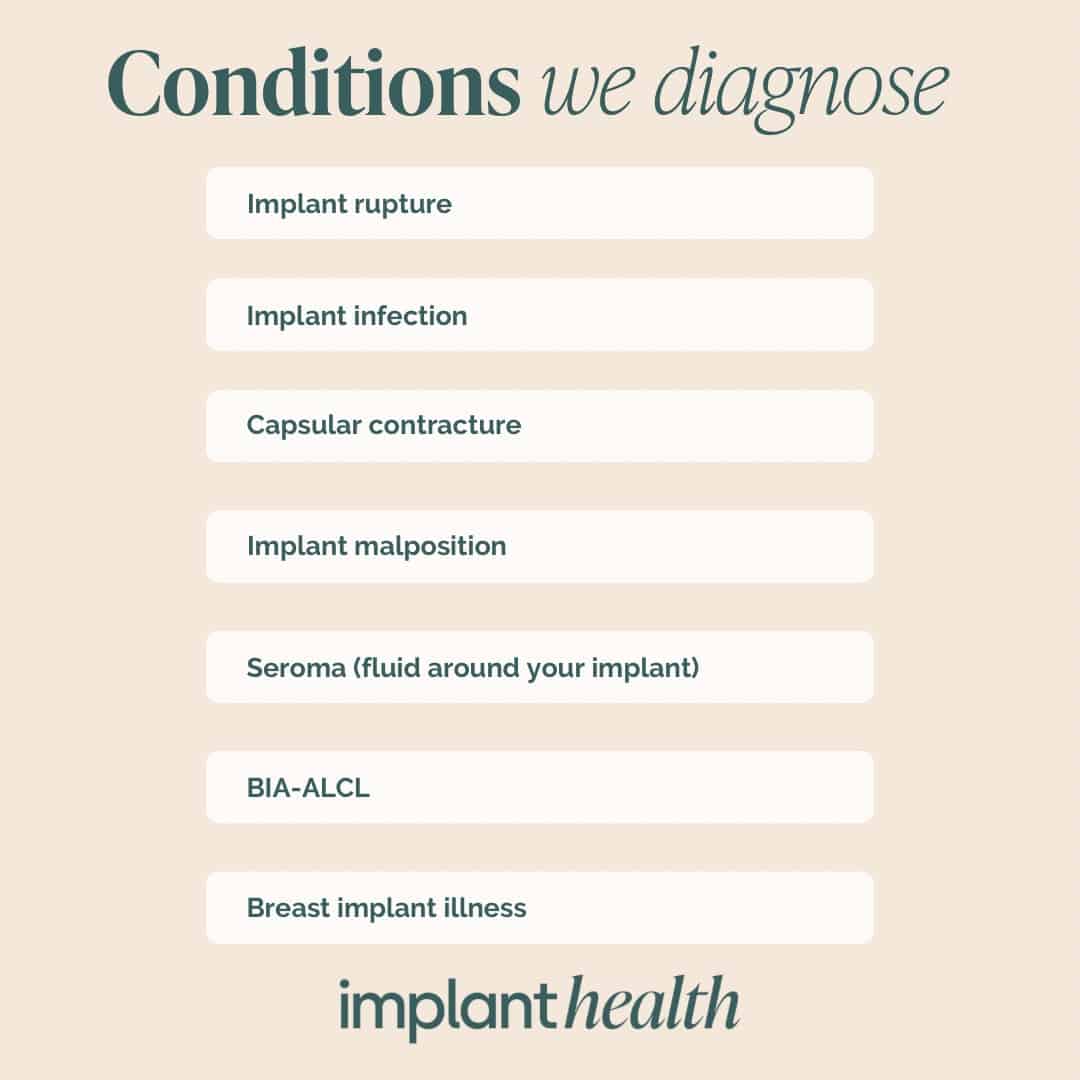Breast Implants and Cancer

Breast implants have become a widely chosen option for women seeking to enhance their body image and self-confidence. However, concerns about the potential link between breast implants and cancer have prompted important conversations within the medical community and among patients. Understanding the facts and risks associated with breast implants and cancer is crucial for making informed decisions about cosmetic procedures.
Breast Implant-Associated Anaplastic Large Cell Lymphoma (BIA-ALCL):
The primary cancer concern associated with breast implants is Breast Implant-Associated Anaplastic Large Cell Lymphoma (BIA-ALCL). BIA-ALCL is a rare type of non-Hodgkin’s lymphoma that can develop in the scar tissue around breast implants, typically in the fluid or capsule surrounding the implant.
Low Risk and Rare Incidence:
It’s important to emphasize that BIA-ALCL is rare. The risk is relatively low, with the majority of individuals who have breast implants not developing this condition. According to health authorities, the occurrence of BIA-ALCL is estimated to be around 1 in 3,000 to 1 in 30,000 individuals with textured implants.
Symptoms and Diagnosis:
The most common symptom of BIA-ALCL is swelling in the breast, often occurring years after the initial breast augmentation surgery. Other potential symptoms include pain, changes in breast shape, and the presence of a lump. If you experience these symptoms, it’s essential to consult with a medical professional for proper evaluation and diagnosis.
Understanding the Link:
The link between breast implants and BIA-ALCL is primarily associated with textured implants, as opposed to smooth implants. Textured implants have a higher surface area, which is believed to create an environment that may foster the development of BIA-ALCL. This is why regulatory agencies, including the U.S. Food and Drug Administration (FDA), have issued safety alerts and recommendations regarding the use of textured implants.
Reducing Risk and Ensuring Safety:
To minimize the risk of BIA-ALCL, individuals considering breast augmentation should prioritize safety and communication with their plastic surgeon. Some steps to consider include:
Choosing Implant Type: Opt for smooth implants rather than textured ones, as the risk of BIA-ALCL is associated with textured implants.
Surgeon Selection: Choose a board-certified plastic surgeon with expertise in breast augmentation procedures.
Regular Check-ups: Schedule regular follow-up appointments with your surgeon to monitor the condition of your breast implants.
Awareness and Education: Stay informed about the latest research, safety recommendations, and developments related to breast implants and cancer.
Conclusion:
While the concern of breast implants and cancer is valid, it’s important to understand that the risk of developing cancer due to breast implants is low and mainly associated with BIA-ALCL, a rare type of lymphoma. Educating oneself about the risks, opting for smooth implants, and maintaining open communication with a qualified plastic surgeon are key steps in making informed decisions that prioritize your health and well-being. As research and knowledge evolve, individuals considering breast augmentation should remain vigilant and proactive in ensuring their safety and peace of mind.